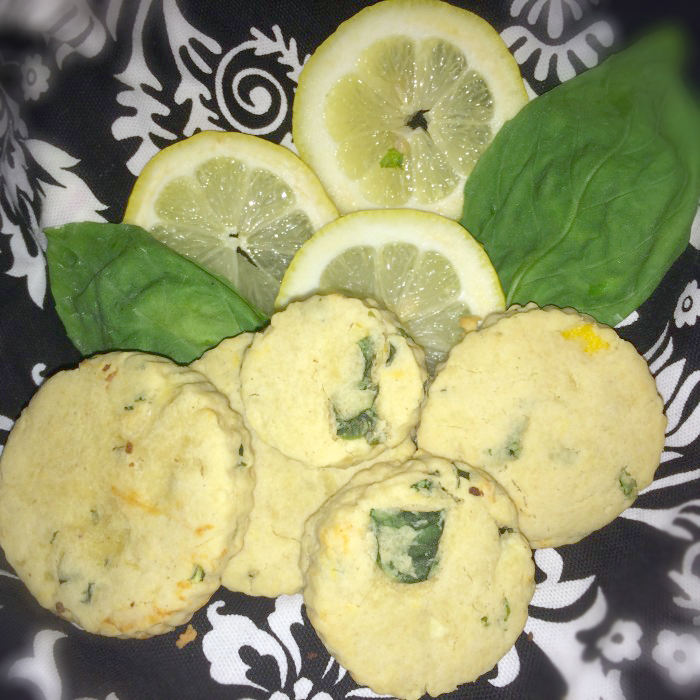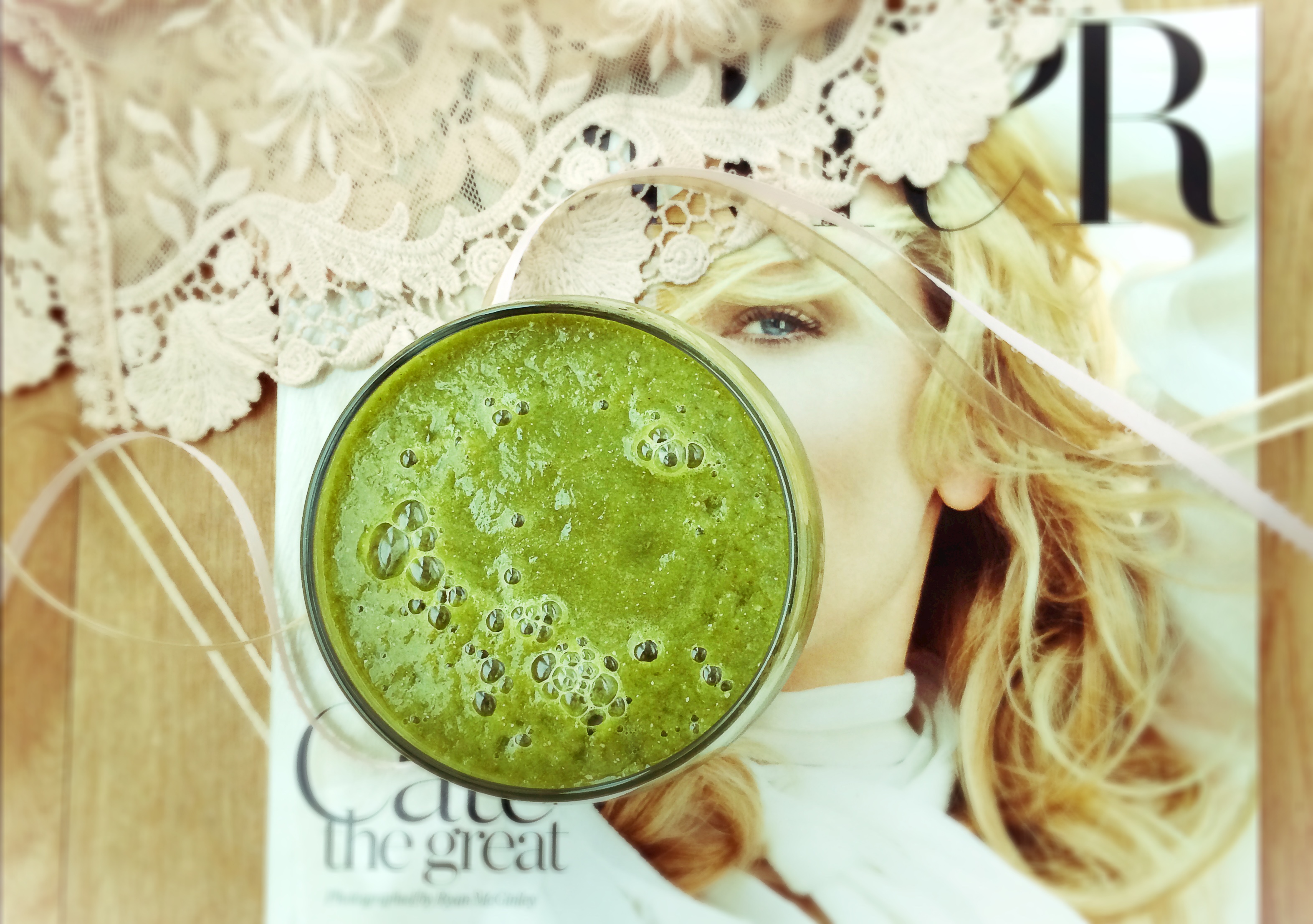
When I was 12 years old, my grandmother introduced me to the magical world of gardening. I immediately because obsessed; how can such beautiful creations grow from these minuscule seeds? Seriously, some are the size of a speck of dust! Succulents, flowers, and weird little plants called herbs graced my grandmother’s yard and will forever color my memory. My grandmother lived in a tiny green and white house, a cement patio covering about half the distance from her house to her fence. Flower pots of all sizes cradled an assortment of plants created a border around this patio. To the left of her patio grew a huge Hibiscus plant with red flowers. When I was a kid, this plant towered over me, and it was one of the most amazing things I had ever laid my eyes on! It was here that I fell in love with plants. Over the years, my grandmother and I grew closer and closer and she passed her knowledge onto me. Before Wikipedia was created, she was my source of quick information. She taught me how herbs can be incorporated into daily life to cure a wide range of ailments from nightmares to parasites to upset stomach.
It was not until years later when I began learning how to live a health conscious lifestyle that I began truly researching herbs. Growing up, my grandmother’s advice always stayed in the back of my mind: Basil for upset stomach, Tarragon for nerves, and Mint for nausea. Reading scholastic articles that scientifically concretely proved my grandmother’s wisdom reinforced my faith in these magical little plants. Here are my top 3 favorite herbs, their uses, and links to delicious Peaceful Dumpling recipes and really cool beauty secrets!

Basil
Basil is the first herb I ever fell in love with. It exudes a sweet, earthy smell you will not help but be instantly attracted to. It’s one of the simplest, most common herbs in the world, yet it has so many different strains, there is bound to be one you can call your favorite. In addition to its aesthetic beauty, basil acts like a shield; protecting your body with its natural oils. Basil contains eugenol, citronellol, and linalool which lower inflammation, inhibit yeast, mold, viral, and bacterial growth (even strains that don’t respond to antibiotic treatments!), and lower stress. Sweet, lemon, cinnamon, and purple basil are but a few in this enormous umbrella of herb; however, Holy Basil may have the highest medicinal benefits. In addition to being an anti-inflammatory, antibacterial, and anti-parasitic, Holy Basil contains a powerful adaptogen, which is responsible for our abilities to withstand stress and fight disease.
But on to the important stuff…how do I eat it?! Basil has the power to instantly transform any dish it comes in contact with. Personally, I prefer fresh leaves over dried, but honestly, it’s great either way! It can be chopped and added to salad, pizza, and anything else you may fancy. If you are unsure where to start, try some of these aahhhmazing recipes, and taste what you have been missing out on!

Gluten Free Basil Lemon Cookies
Mint
Aside from perfecting any Mojito, Mint has multiple health benefits as well. Consuming mint may relieve allergy symptoms, ease a sore throat, and settle an upset stomach. Mint is one of the most beneficial herbs for digestion issues. Mint aids with indigestion by increasing bile secretion and encouraging bile flow as well as coating and protecting the stomach lining. It is also used to treat gas, heartburn, and Irritable Bowel Syndrome. Heck, it even has topical medicinal benefits; applying peppermint topically calms rashes, insect bites, and other skin issues. And for all you mama’s out there–a study published in a 2007 International Breastfeeding Journal suggested peppermint water is effective in nipple cracks and pain in mothers who are breastfeeding.
So, how do we consume more Mint?! Here are some great PD recipes. Also, here’s an informative article on different types of mint (that includes some great recipes on making your own mint toothpaste and facial scrub!) written by one of our own–Alexandra Kudukis!
Tarragon
As much as I have wished it, Tarragon has not received as much public recognition it deserves as being a healing herb! Interestingly enough, Tarragon is part of the Sunflower family. It has a soft, sweet smell that intensifies if you brew it for tea. I distinctly remember this smell from childhood, and it always takes me back to my grandmother’s house. Tarragon is rich in Vitamins A, B6 and C. It contains antioxidants that lower the risk of heart attack, lower blood sugar levels naturally and being a natural diuretic, helps reduce water retention. Additionally, it has been recently discovered that Tarragon helps promote muscle growth by aiding in the absorption of creatine. Tarragon is another beneficial herb for digestive and oral issues. It stimulates the digestive system, so it naturally increases appetite—great for those with appetite issues. Not only that, Tarragon improves oral health as well! It can cure loosening of the teeth and fragility of gums.
Tarragon is related to ragweed, daisy, and marigold family, so please take caution if you have any sensitivity to this family! Do not use Tarragon if you are pregnant or nursing as well.
Like Basil, Tarragon is a highly versatile herb that can be used in a vast variety of dishes. My favorite way to consume these two is in tea form, but it can totally be added to potatoes, sauces, and several other delicious meals. Here is a dinner recipe from our site to get you started!
What are ways you incorporate herbs into your daily lifestyle? I’d love to know!
Related: 7 Anti-Acne Herbs You *Must* Know—Plus, How to Use Them
Soothe Your Aches & Pains With These 5 Lovely DIY Herbal Remedies
4 Enchanting Ways to Add More Flowers to Your Life & Revive Your Spirit
Get more like this—Subscribe to our daily inspirational newsletter for exclusive content!
__
Photo: Pexels (drinking tea and garden), Irena Stanisic, Alexandra Kudukis, Mary Hood Luttrell, Kate Simmons







